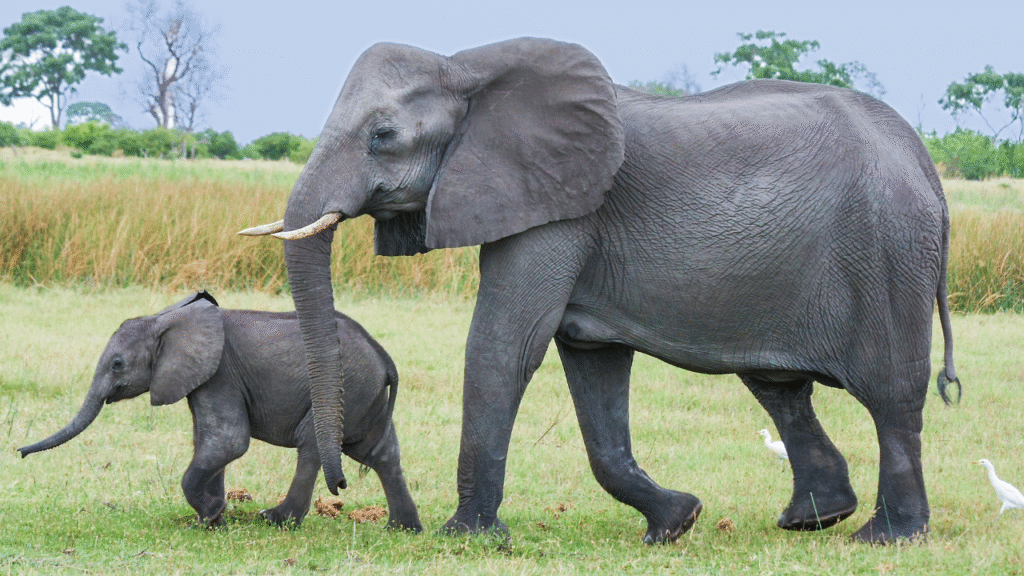The Role of Elephants in Ecosystem Balance: Nature’s Gentle Giants at Work
When we think of elephants, we often picture their massive size, gentle eyes, and iconic tusks. But beyond their majesty, elephants play a vital role in maintaining ecosystem balance. Often referred to as “ecosystem engineers,” these magnificent creatures influence landscapes, biodiversity, and even the survival of other species. This article explores how elephants help shape and sustain their environment, and why their protection is crucial for the planet.

Elephants as Ecosystem Engineers
Elephants are known as ecosystem engineers because they physically modify their habitats in ways that benefit other species. Their size and behavior allow them to alter the environment significantly:
- Tree Management: In savannas and forests, elephants often knock down trees and strip bark. While this might seem destructive, it actually prevents overgrowth, promotes grassland expansion, and fosters plant diversity.
- Seed Dispersal: Elephants consume a variety of fruits and plants. Their digestive systems help disperse seeds over long distances, allowing for the growth of new plant species in different regions.
- Water Hole Creation: In dry areas, elephants use their tusks and trunks to dig for underground water, often creating waterholes that benefit countless animals during droughts.
Supporting Biodiversity
By modifying the landscape, elephants create habitats for other animals:
- Grasslands for Grazers: When elephants thin out forests or push back woody plants, they open up grasslands, providing feeding grounds for species like zebras, antelopes, and wildebeests.
- Nesting Sites: Fallen trees and disturbed vegetation offer nesting areas for birds and small mammals.
- Aquatic Life: Elephant-created waterholes support fish, amphibians, and aquatic plants, especially in dry seasons.
Soil Fertility and Forest Growth
Elephants also influence soil quality. Their dung is rich in nutrients and organic matter, making it a natural fertilizer that enhances soil health and boosts forest regeneration. In tropical forests, this contributes to carbon storage, which plays a role in combating climate change.
Impact on Human Communities
Healthy elephant populations mean healthier ecosystems, which support agriculture, clean water, and tourism—benefits that extend to human communities as well. In regions where elephants roam freely, they help maintain environmental services that people rely on, even if indirectly.
The Threat of Imbalance
With declining elephant populations due to poaching, habitat loss, and climate change, ecosystems are starting to show signs of imbalance:
- Overgrowth of Trees: Without elephants to manage vegetation, tree overgrowth can reduce grasslands, harming species that depend on open areas.
- Reduced Plant Diversity: Fewer elephants mean less seed dispersal, leading to homogenized forests.
- Water Scarcity: Diminished digging activity can reduce access to natural water sources for other animals.
Conclusion: Protecting the Guardians of Balance
Elephants are more than iconic animals—they are guardians of biodiversity, landscape architects, and keystones of balance in their ecosystems. Protecting elephants is not just about saving a species; it’s about preserving entire ecosystems and the countless life forms that depend on them.
For the health of our planet, elephants must continue to roam, shape, and nurture the natural world.








